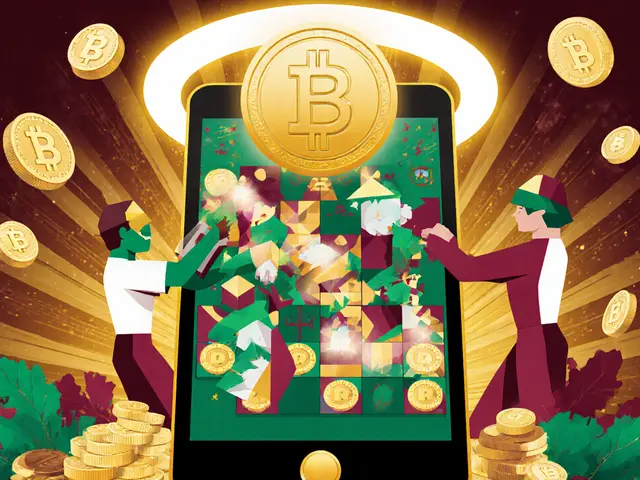Exit Scam Crypto: How to Spot and Avoid Crypto Projects That Vanish
When a crypto project suddenly goes silent—no updates, no team, no website—it’s often an exit scam crypto, a fraudulent scheme where developers abandon a project after raising funds, taking investors’ money with them. Also known as a rug pull, this is one of the most common ways people lose money in crypto. Unlike hacks or market crashes, exit scams are planned. The team builds hype, lists on small exchanges, promises big returns, then vanishes—sometimes with millions.
These scams often target meme coins, new DeFi tokens, or airdrop hype cycles. Look at posts like LocalCoin DEX or HiveSwap—both were fake or worthless projects with no real team or utility. The same pattern shows up in CELT and Kalata airdrops that never happened. These aren’t bugs—they’re features of fraud. The red flags? Zero transparency, anonymous teams, locked liquidity that’s later unlocked and drained, or tokens with no real use beyond speculation. Even projects with huge token supplies like POOH or RyuJin can be risky if the team doesn’t follow through. The real danger isn’t the coin—it’s the people behind it.
Exit scams don’t just hurt wallets—they erode trust in the whole space. That’s why knowing the difference between a risky project and a scam matters. If a project promises guaranteed returns, avoids audits, or has a team that won’t show their faces, walk away. The crypto fraud, deliberate deception to steal funds under false pretenses isn’t always obvious, but the patterns are. You’ll find real examples below: projects that vanished, airdrops that were never real, and exchanges that were never legitimate. This isn’t theory—it’s what happened to real people. Below, you’ll see how these scams unfold, what they look like before they collapse, and how to protect yourself before it’s too late.
BITKER Crypto Exchange Review: A Scam That Vanished With Users' Funds
BITKER was a fraudulent crypto exchange that vanished in July 2021, stealing over $1.2 million from users. Learn how it operated, why it was a scam, and how to avoid similar platforms.





